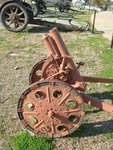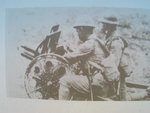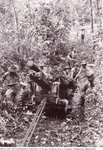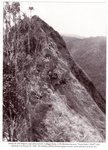I would argue that Howitzers have a major role to play with the ability to fire over hills and hit the reverse slopes. When its difficult to move artillery, range is also important.
Ofcourse, but it can be a real pain in the ass to get the artillery within range of the targets in Jungle terrain if the range of the gun isn't sufficient. So yes range is very important.
This is one of the reasons why the US prefered air strikes during the Vietnam war, as the artillery was far from always possible to bring to bear. However when artillery was available one must also know that it proved very accurate and effective, I know people who can vouch for that.




